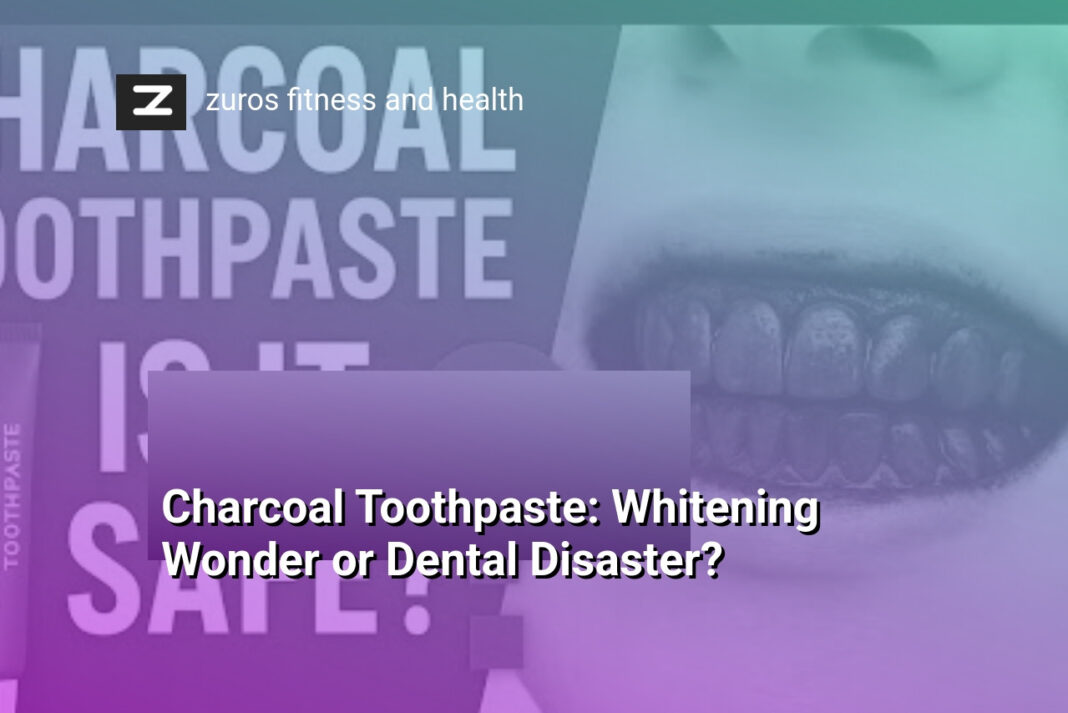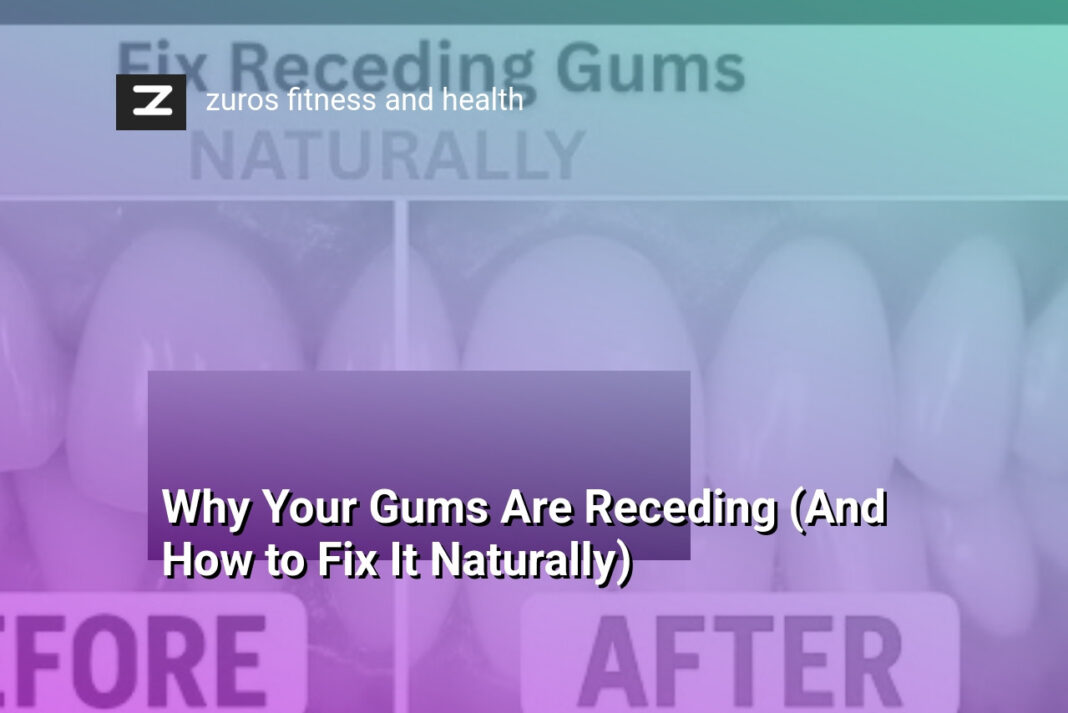The Bottom Line:
Here’s the summary in the requested format:
- I discovered that charcoal toothpaste has gained significant popularity through social media marketing, despite limited scientific evidence supporting its long-term benefits.
- The toothpaste’s whitening claims are primarily based on its abrasive properties, which can potentially damage tooth enamel and increase dental sensitivity.
- Dental professionals, including the American Dental Association, express skepticism about charcoal toothpaste and do not officially endorse its use.
- The risks associated with charcoal toothpaste include potential enamel erosion and possible interference with fluoride’s protective mechanisms.
- Safer alternatives for teeth whitening include professional dental treatments, prescribed at-home kits, and maintaining consistent oral hygiene practices.
The Social Media Driven Charcoal Toothpaste Trend
Instagram and TikTok: Fueling the Charcoal Toothpaste Craze
Social media platforms have become powerful catalysts in transforming charcoal toothpaste from a niche product to a viral sensation. Influencers and beauty content creators have played a pivotal role in popularizing this trend, sharing dramatic before-and-after images that showcase seemingly miraculous teeth whitening results. These visually compelling posts often feature users with noticeably whiter teeth after just a few applications, creating a compelling narrative that attracts millions of viewers.
The Visual Appeal of Charcoal Aesthetic
The unique visual characteristics of charcoal toothpaste have contributed significantly to its social media appeal. The stark black color creates a striking contrast against white teeth, making for highly shareable and visually engaging content. Platforms like Instagram and TikTok thrive on such eye-catching transformations, with hashtags like #CharcoalTeeth and #WhiteningHack generating hundreds of thousands of views and interactions. This visual marketing strategy has effectively transformed a dental hygiene product into a trendy lifestyle accessory.
Viral Marketing and Consumer Psychology
The rapid spread of charcoal toothpaste trends demonstrates the powerful intersection of digital marketing and consumer psychology. By leveraging user-generated content, testimonials, and influencer endorsements, brands have successfully created a perception of natural, quick, and effective teeth whitening. The narrative of using a “natural” product resonates with health-conscious consumers seeking alternatives to traditional chemical-based whitening treatments. Moreover, the relatively low cost and accessibility of charcoal toothpaste make it an attractive option for individuals seeking immediate cosmetic dental improvements without professional intervention.
Understanding Charcoal Toothpaste Whitening Mechanisms
The Science Behind Charcoal’s Stain Removal
Activated charcoal functions through a unique adsorption mechanism that allows it to bind and remove surface-level stains from teeth. Its highly porous structure creates numerous microscopic binding sites that attract and trap pigment molecules, effectively lifting discoloration from tooth enamel. Unlike traditional whitening agents that use chemical bleaching, charcoal relies on physical interaction with stain particles, making its approach fundamentally different from peroxide-based treatments.
Abrasive Properties and Whitening Dynamics
The whitening potential of charcoal toothpaste stems primarily from its inherent abrasive qualities. Fine charcoal particles act as a mild scrubbing agent, mechanically removing external stains caused by coffee, tea, wine, and tobacco. This abrasive action works similarly to mild polishing, gradually removing superficial discoloration. However, the same mechanism that enables stain removal also poses potential risks to tooth enamel, as excessive or aggressive use can lead to surface erosion and increased tooth sensitivity.
Interaction with Tooth Surface and Stain Types
Charcoal’s effectiveness varies depending on the type and depth of tooth staining. Surface-level extrinsic stains respond most favorably to charcoal toothpaste, while intrinsic stains embedded within the tooth structure remain largely unaffected. The toothpaste’s ability to bind with stain molecules depends on factors like particle size, charcoal concentration, and application technique. Moreover, the adsorptive properties work best on recent, loosely attached pigments rather than deeply set or long-standing discolorations that have penetrated tooth enamel.
Potential Dental Health Risks and Concerns
Abrasive Nature and Enamel Damage
Charcoal toothpaste’s primary concern lies in its highly abrasive composition, which can cause significant damage to tooth enamel. The fine charcoal particles act like microscopic sandpaper, gradually wearing down the protective outer layer of teeth. This erosion can lead to increased tooth sensitivity, making individuals more susceptible to temperature-related discomfort and potential dental complications. As enamel becomes thinner, the underlying dentin becomes exposed, creating a higher risk of cavities and structural tooth damage.
Potential Interference with Oral Health Mechanisms
Beyond physical abrasion, charcoal toothpaste may disrupt essential oral health mechanisms. Research suggests that the charcoal particles can potentially interfere with fluoride absorption, a critical mineral responsible for strengthening tooth enamel and preventing decay. By potentially blocking fluoride’s protective properties, charcoal toothpaste might inadvertently compromise the very defense system designed to maintain dental health. Additionally, the lack of comprehensive long-term studies means that the full extent of potential negative interactions remains uncertain.
Unregulated Whitening and Oral Microbiome Disruption
The unregulated nature of charcoal toothpaste raises significant concerns about its impact on the oral microbiome. While marketed as a natural whitening solution, these products may indiscriminately remove both stains and beneficial bacterial populations that play a crucial role in maintaining oral health. The aggressive removal of surface layers can create microscopic abrasions that become potential entry points for harmful bacteria, potentially increasing the risk of infections and inflammatory responses within the oral cavity. Dental professionals emphasize that true oral health involves maintaining a balanced ecosystem, not just achieving a superficial whitening effect.
Professional Dental Perspectives on Charcoal Oral Care
Scientific Scrutiny of Charcoal Dental Products
Dental professionals approach charcoal toothpaste with significant skepticism, emphasizing the critical need for rigorous scientific validation. While the product’s aesthetic appeal and marketing claims are compelling, empirical evidence remains limited. Clinical studies suggest that the abrasive nature of activated charcoal can potentially compromise tooth enamel’s structural integrity, leading to increased dental sensitivity and vulnerability to decay.
Clinical Risks and Professional Recommendations
Dental experts consistently warn about the potential long-term consequences of charcoal-based oral care products. The aggressive abrasive properties can gradually erode protective enamel layers, creating microscopic surface damage that compromises tooth health. Moreover, the lack of fluoride in many charcoal toothpastes further reduces their protective capabilities, potentially leaving teeth more susceptible to bacterial infiltration and structural degradation.
Evidence-Based Whitening Strategies
Professional dental practitioners advocate for scientifically validated whitening methods that prioritize both aesthetic and structural dental health. Recommended alternatives include professional in-office treatments, dentist-supervised at-home whitening kits, and traditional fluoride-based toothpastes with gentle whitening properties. These approaches offer controlled, predictable results without compromising tooth structure or increasing potential dental risks. Dentists emphasize that sustainable oral hygiene involves consistent care, professional monitoring, and evidence-based interventions rather than trendy, unverified cosmetic solutions.
Safe and Effective Teeth Whitening Alternatives
Professional Whitening Treatments: Guaranteed Results
Professional teeth whitening treatments offer a scientifically proven and safe approach to achieving a brighter smile. Dentists utilize high-concentration peroxide gels that effectively break down stubborn stains while protecting tooth enamel. In-office treatments can lighten teeth by several shades in a single session, providing immediate and noticeable results. These procedures are carefully monitored by dental professionals who can customize the treatment based on individual tooth sensitivity and whitening goals. Unlike over-the-counter options, professional treatments ensure even coverage and minimize the risk of unintended damage to tooth structure.
At-Home Whitening Solutions Recommended by Professionals
Dentist-prescribed at-home whitening kits represent another excellent alternative to charcoal toothpaste. These kits typically include custom-fitted trays and professional-grade whitening gel with precise peroxide concentrations. The custom trays ensure uniform gel application and prevent potential gum irritation, which can occur with generic whitening strips. Patients receive personalized instructions from their dental professional, allowing for a controlled and safe whitening experience. These kits gradually whiten teeth over several weeks, providing a more gentle and predictable approach compared to abrasive charcoal products.
Natural Whitening Strategies for Oral Health
Beyond professional treatments, individuals can maintain tooth whiteness through strategic lifestyle and oral hygiene practices. Regular dental cleanings help remove surface stains and prevent tartar buildup. Patients should focus on reducing consumption of stain-causing substances like coffee, red wine, and tobacco. Using whitening toothpastes with ADA approval that contain mild polishing agents can help maintain tooth brightness without causing enamel damage. Additionally, maintaining excellent oral hygiene through consistent brushing, flossing, and using antiseptic mouthwash contributes to overall tooth appearance and health. These holistic approaches provide a comprehensive strategy for achieving and maintaining a bright, healthy smile without risking tooth structure.





